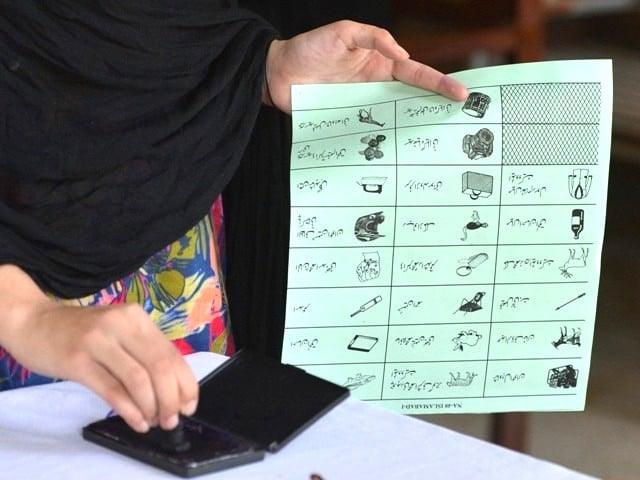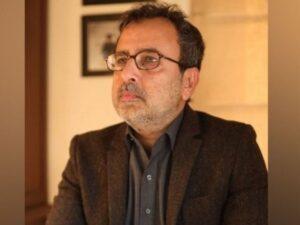Islamabad:
Electrics of 18 % of communities relating to male and female polling stations of the districts of the National Assembly voted differently from their male counterparts in the general elections of 2024, according to a report published on Sunday by the free and fair electoral network (Fafen ).
The report, comparing the results of male and female polling stations within the same communities, revealed that in 82 % of communities, male and female voters have lined up to choose the winners and select the same candidate.
However, in 18 % of communities, voters men and women diverged, reporting different winners in their respective polling stations.
Given that the results of combined polling stations do not provide a gender distribution of male and female voters, Fafen’s assessment could only compare the results of male and female polling stations.
In addition, the report limited its range to the polling stations for men and women where men and women voted in the same electoral zones. The assessment relates to 21,188 communities comprising 42,804 comparable polling stations for men and women.
In 18 percent of communities, male and female voters diverge in their choice as winner because they returned different winners to their respective polling stations.
Compared to rural areas, communities in urban areas have shown more divergent choices among male and female voters.
Among the regions, Islamabad had the highest proportion (37 %) of electoral communities with different winners in male and female polling stations.
Balutchistan had the second highest proportion (32 %), followed by Sind (19 %) and Pendjab (18 %), while the Khyber Pakhtunkhwa (KP) had the lowest proportion (13 %) of these electoral communities .
Of the 3,884 communities where the choice of women for seats in the National Assembly was different, Pakistan Tehreek-e-insaf (PTI) obtained more support from women in 1,260 communities, followed by the Muslim League from Pakistan-Nawaz (PML-N) in 1,027 and Pakistan. Parliamentarians of the People’s Party (PPPP) in 694 communities.
Regional trends have shown that if the PTI has obtained good results throughout the country with regard to the choice of electricities, the PML-N has remained strong in Pendjab and the PPPP dominated in the Sind.
In 37 constituencies of the year, the largest proportion of electricities in the female polling stations did not vote for the winning candidates. In 226 constituencies of the year, the largest proportion of voters in the female polling stations voted for the winner of the constituency.
In 166 of these constituencies of North America, compared to voters of the male polling stations, a greater proportion of voters from the female polling stations voted for the winner.




